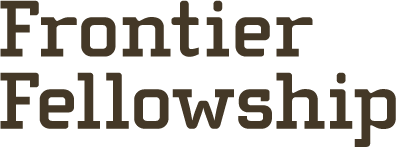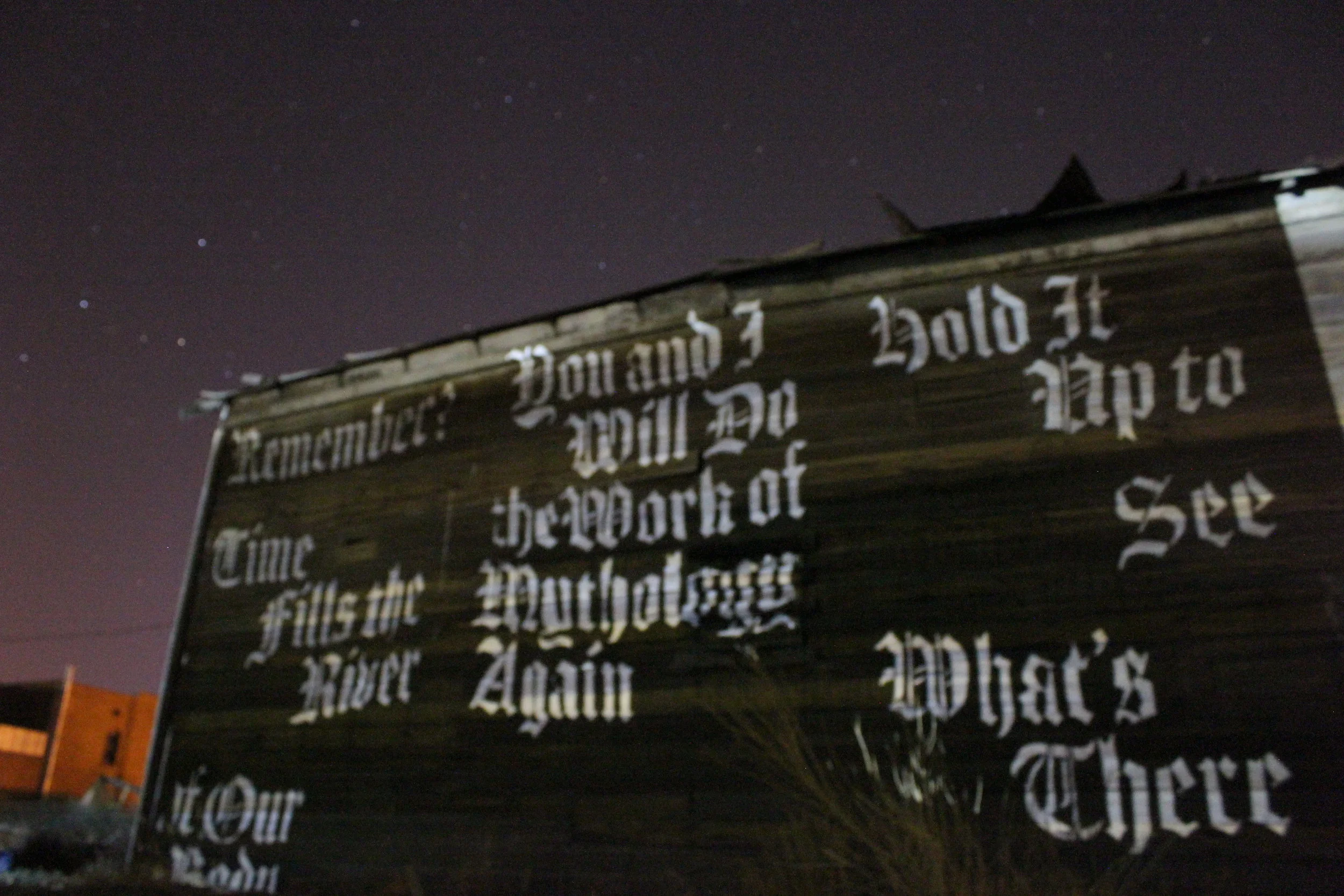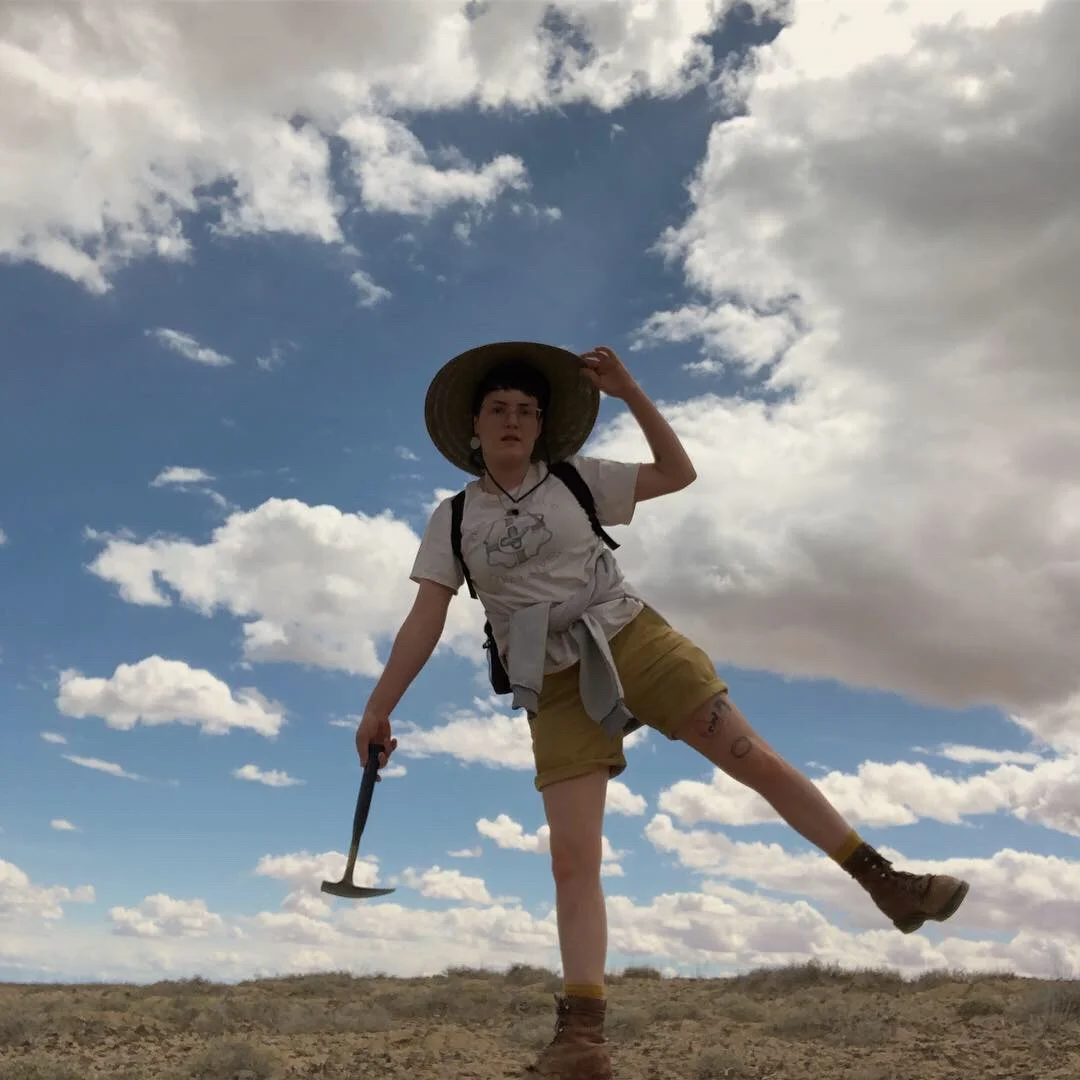Wendy Wischer

Frontier Fellow May 2018
Website
Born in Wisconsin 1971, Wendy Wischer currently lives and works in Salt Lake City, UT. She received an MFA from Florida State University (1995) and a BFA from the University of Wisconsin Madison (1993). With a focus on artwork in a variety of media from sculptural objects, to installations, to video, sound and public works. Much of the artwork is based on blurring the separation between the intrinsic history of working with nature and the cutting edge of New Genre and New Media. The conceptual focus highlights environmental issues; finding ways to translate data into personal understanding and create artwork that moves the viewer in poetic ways. She is the recipient of numerous grants including the Pollock-Krasner Grant, the South Florida Consortium, the Florida Individual Artist Fellowship, and the Utah Division of Arts & Museums Visual Arts Fellowship. Wendy has exhibited extensively nationally, and her international exhibits include Spain, the Dominican Republic, Mexico, Canada, Italy, and Israel. Her work is part of several public collections including the Perez Art Museum, Art in Public Places Miami and Miami Beach, the Boca Museum of Art, the Colorado State Art Collection, and the Utah Division of Arts & Museums Collection.
Crystal Geyser
Blue Castle
I had only driven through Green River and stopped on the edges on my way to and from the University of Utah Field Station nearby. Like many things, first appearances can be deceiving and that was certainly the case. I have been struck by two main things during my time as a Frontier Fellow. The first is how much more complex Green River is from my initial observations, from its diverse history, both human and non-human, to the resilience of those that have come (and stayed) here to carve out their lives and fulfill their aspirations, both past and present. I was also immensely struck by the beauty along the river itself, a hidden oasis with a sandy beach, big horn sheep and the roar of water with some of the most beautiful petroglyphs near the shoreline; beautifully detailed elk and deer and a child floating in the sky next to the moon.
The second major discovery was the San Rafael Swell. Having moved to Utah nearly six years ago, I have been making my way through the national and state parks but I hadn’t yet experienced the Swell, at least not in any detail. I am in awe. It is for the most part still wild, unscathed, unmanicured and with plenty of opportunities for solitude amongst the vastness of space. It has been pivotal in my perception of this land. This amazing, unfathomable land. I have been filled daily with boundless gratitude for the state I live in. Filled with a sense of serendipity that I find myself in such a magical place with the opportunity to explore unencumbered in ways that I might not have found without this fellowship.
I have spent my days roaming this land, filming from the air, on the ground, and in the water. Almost ritualistically, I have captured a multitude of sunsets in sequential frames.
As part of my wandering, I began to feel a sense of connection with the Book Cliffs. From a distance, I had always seen them as gray and foreboding without much sign of life. But upon entering them, I awoke to their true beauty. I became fascinated with their origins of layers upon layers of sediment and I was overcome with how naïve my initial perceptions had been. I entered.
At the same time, I was drawn to create something that might continue to blossom after I departed. I had engaged in previous discussions about working with the students in the after school program and also with the community garden. Both are part of PACT (Positive Action Community Team) in Green River. Through further discussions, I decided to create a sculptural ‘Book Cliff’ that could function as habitat for bees, encouraging pollination within the garden while at the same time creating a project intended to empower the youth of the area, focusing on their contributions to place and history. The sculpture was made out of adobe (dirt, water and hay) and layers of drawings and paintings from the students in the after school program based on their experiences of living in Green River, adding their particular layers of ‘sentiment’. With a thin top coat layer of painted mortar, over 100 holes for bees to nest in, were drilled into the side of the sculptural cliff that now resides in the Silent City Community Garden.
In addition, I have a great interest in helping build bridges between the University of Utah and Epicenter. The University’s Bonderman Field Station at Rio Mesa is just 61 miles from Green River. “The Bonderman Field Station at Rio Mesa is an outdoor laboratory for the sciences, humanities, social sciences and cultural studies, stimulating scholarship about a broad range of environmental topics associated with human and natural system interactions. We support research, education, and other academic pursuits that aid in our understanding or appreciation of ecology, the environment, and human-environment interactions. Our mission is to promote and inspire environmental scholarship on the Colorado Plateau.”
I had the opportunity to make an introduction to the field station with Dale Roundy from the Green River High School Science Department in hopes of future opportunities for his students to experience and learn from the variety of activities that occur at the station.
I am still trying to gather all my thoughts from this past month and all the experiences, insights, adventures, realizations and inspirations. I know I will be back. I know that I will carve out time to linger again. I know that I am changed by this land, and for that I am grateful.
I’ve come to realize that comprehending geological time is similar to comprehending the depths of the universe. It is unattainable and yet, when one attempts to grasp its enormity, something awakens, possibly a deeper curiosity.
Reading List:
The Open Space of Democracy by Terry Tempest Williams
The Hour of Land by Terry Tempest Williams
Refuge by Terry Tempest Williams
Decolonizing Nature: Contemporary Art and the Politics of Ecology by T.J. Demos











